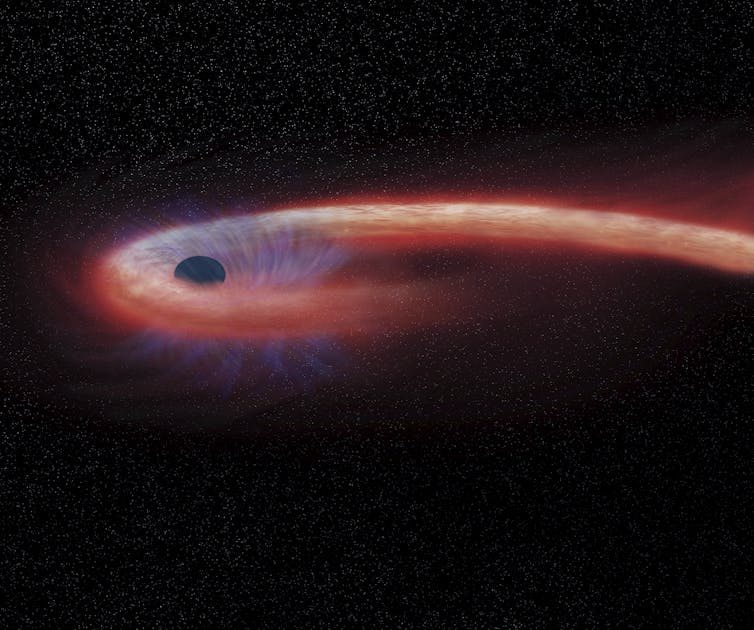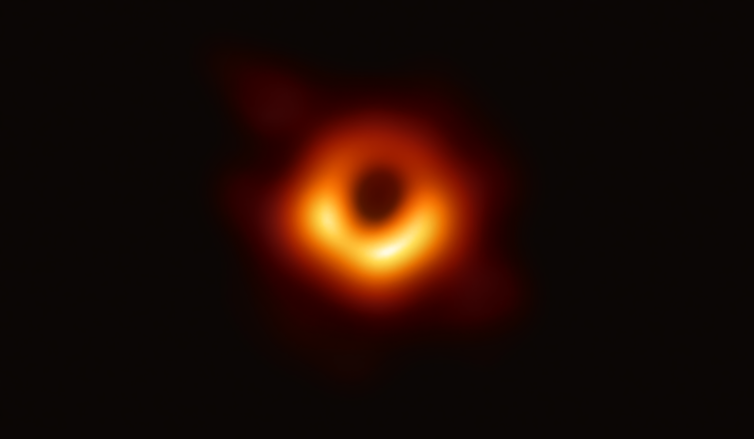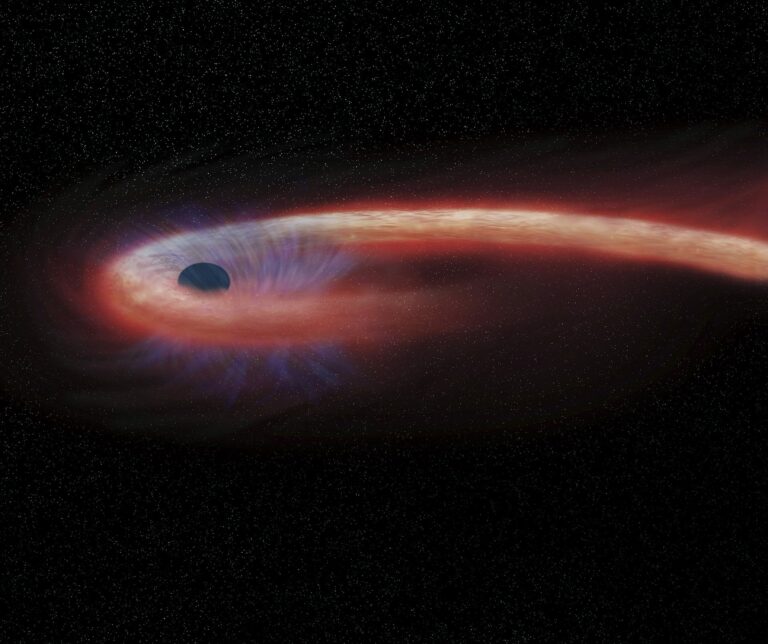Why Some Black Holes Outsize Others: An Astronomer Explores the Growth Mechanisms of these Cosmic Vacuums

Black holes are dense astronomical objects with gravity so strong that nothing, not even light, can escape. Anything that crosses the boundary of a black hole’s gravitational influence, called the event horizon, will fall into the black hole. Inside this deep, dense pit, it is never to be seen again.
Black holes litter the universe. Some smaller black holes are sprinkled randomly throughout galaxies like our Milky Way. Other gigantic ones, called “supermassive” black holes, lie at the centers of galaxies. Those can weigh anywhere between a million to a billion times the mass of our Sun. So you might be wondering: How can astronomers possibly see something so dark and so big?
I am an astronomer who studies the very first supermassive black holes that formed in our universe. I want to understand how black holes form and what kinds of astrophysical neighborhoods they grow up in.
Types of black holes
Let’s talk about how black holes begin their lives. Two famous scientists, Albert Einstein and Karl Schwarzchild, first pitched the idea of a black hole. They thought that when a large star dies, its core might shrink and shrink until it collapses under its own weight. This is what we astronomers call a “stellar mass black hole,” which is just another way of saying it’s comparatively very small.
Stellar mass black holes are only a few times bigger than our Sun. Supermassive black holes are more of a mystery, though. They are many millions of times heavier than our Sun, and they are packed into a small area that’s about the size of our solar system. Some scientists think supermassive black holes might form by many stars colliding and collapsing at once, while others think they might have already started growing several billion years ago.
Growing black holes
What do black holes look like? Most of the time, they are not actively growing, so they are invisible. But we can tell they’re there because stars can still orbit around them, just like Earth around the Sun.
When something is orbiting an invisible object at high speeds, scientists know there must be a massive black hole in the middle. This is the case for the closest supermassive black hole to us, which lies at the center of the Milky Way – safely millions of miles away from you.
Meanwhile, when a hungry black hole is eating up gas in a galaxy, it heats that gas up until you can see a glowing ring of X-rays, optical light and infrared light around the black hole. Once it exhausts all of the fuel near the event horizon, the light dies down once again and it becomes invisible.
Outlines around black holes
One of the most famous “white outlines” is the image of a black hole from the movie “Interstellar.” In that movie, they were trying to show the white-hot, glowing ring of gases that are falling into the actively growing black hole.
In real life, we don’t get such a close-up view. The best image of the ring around a real black hole comes from the Event Horizon Telescope, showing scientists the supermassive black hole at the center of a galaxy called M87. It might look blurry to you, but this doughnut is actually the sharpest image ever taken of something so far away.

There are lots of types of black holes out there in the universe. Some are small and invisible, and some grow to gigantic proportions by eating up stuff inside a galaxy and shining bright. But don’t worry, black holes can’t just keep sucking in everything in the universe – eventually there is nothing close enough to the black hole to fall in, and it will become invisible again. So you are safe to keep asking questions about black holes.
This article is republished from The Conversation under a Creative Commons license. Read the original article.
Do not forget to share your opinion with us to provide you with the best posts !




0 Comments